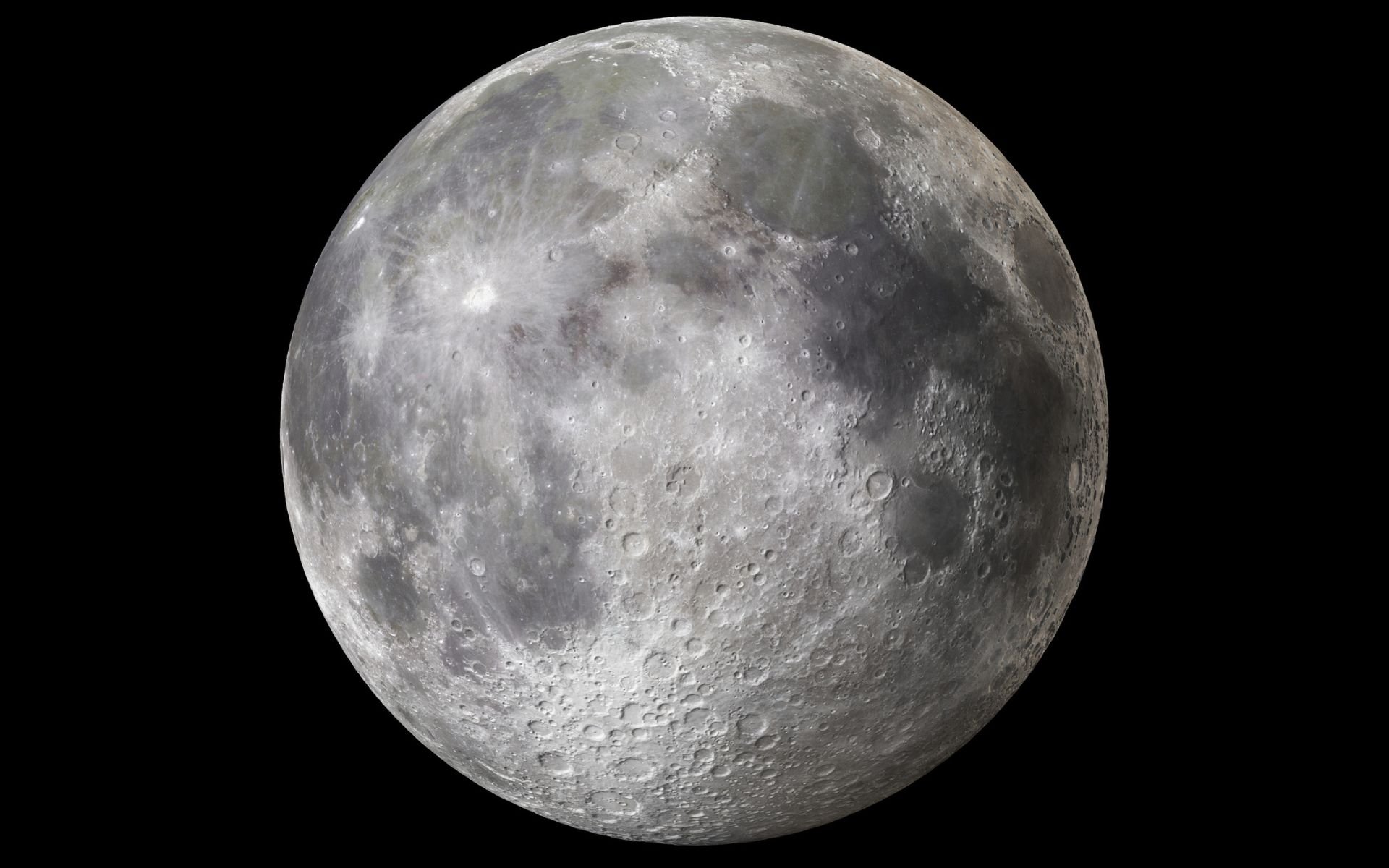An international team of scientists has made new observations that could help answer some mysteries about lunar geology, according to a study published in the scientific journal Nature Geoscience. The article may help us understand how a unique type of rock is found across the entire surface of our natural satellite.
While making observations on the lunar soil, Researchers have discovered that a reaction occurs beneath the lunar surface, resulting in the exchange of magma and magnetic iron in rocks. The data suggest that the reaction occurred about 3.5 billion years ago and changed the chemical and physical properties of molten magma, which consists of liquefied mineral ions.
Based on analyzes of solidified lava samples taken from the lunar crust, astronomers have discovered that some parts of the Moon contain basalt with a high titanium (Ti) content. Despite this, the scientists in the new study explain: Current scientific models have failed to recreate magma compositions that provide data on high-Ti basalt.
“The origin of volcanic lunar rocks is a fascinating story involving a planetary-scale ‘avalanche’ of unstable crystalline debris resulting from the cooling of a primordial magma ocean. The crux of this epic story is the presence of a unique type of magma on the Moon, but explaining how such magma could have reached the surface to be sampled by space missions has been a problematic hurdle,” said Tim Elliott, one of the authors and professor at the University of Bristol, in a statement.
Geology of the Moon
Martjin Klaver, one of the leaders of the team, He explains that it is difficult to explain the low density of the rocks, something that allowed the eruption to occur more than 3 billion years ago. Trying to solve this mystery, the team carried out laboratory experiments with molten rock samples to reproduce basalt with high titanium content.
Combining the results of the experiments with analyzes of high-TI basalt samples from the Moon, the study found a unique combination of different isotopes of the elements within the high Titanium basalts. Therefore, they suggest that these data may help explain the melting reaction that occurred beneath the Moon’s surface billions of years ago.

“The origin of titanium-rich basaltic magmatism on the Moon remains mysterious. Cumulates containing ilmenite found in the lunar mantle are generally thought to be the source, but their partial melts do not match the composition and are too dense to allow eruption… On the surface of the Moon, with ongoing activity “There is a long history of basaltic volcanism, dating back at least 2 billion years,” the study explains.
Stay up to date with the latest studies and news about astronomy at TecMundo. If you wish, take the opportunity to understand how NASA ended its mission to search for water on the lunar surface.
Source: Tec Mundo
I’m Blaine Morgan, an experienced journalist and writer with over 8 years of experience in the tech industry. My expertise lies in writing about technology news and trends, covering everything from cutting-edge gadgets to emerging software developments. I’ve written for several leading publications including Gadget Onus where I am an author.












